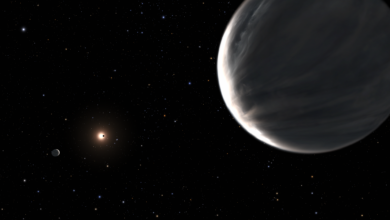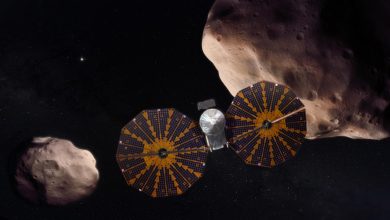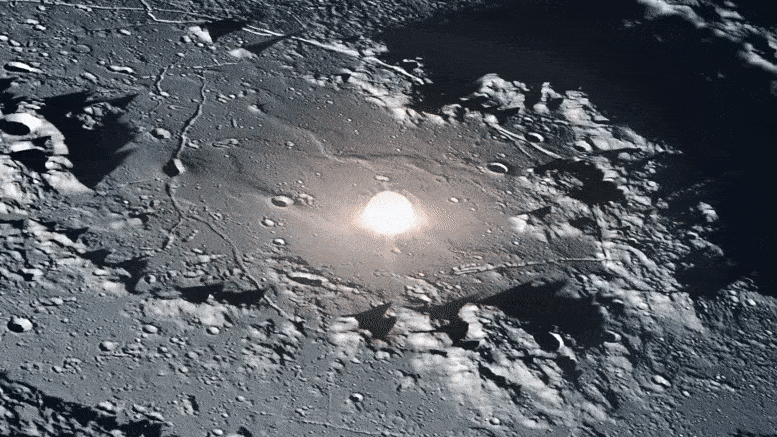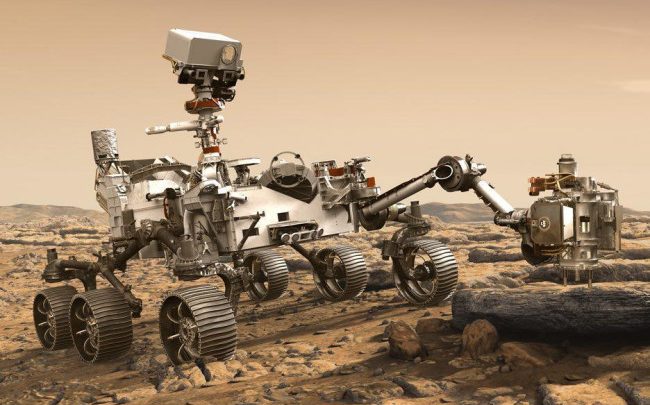
The first high resolution panorama showing the Perseverance Mars rover‘s landing site provides a remarkably detailed view of Jezero Crater, including the jagged rim of the crater in the distance and low cliffs marking the edge of an ancient river delta.
The photo, which NASA released today (Feb. 24), is composed of 142 individual images taken by Perseverance’s Mastcam-Z camera system on Saturday (Feb. 21), three days after the rover touched down.

The Mastcam-Z panorama looks out across the floor of the crater, showing Jezero’s craggy rim in the distance and eroded cliffs marking the edge of the delta formation. Nearby scouring marks where rocket exhaust plumes hit the surface as Perseverance was being lowered to touchdown by its “sky crane” jet pack.
Mission team members had already stitched together a Jezero panorama using images taken on Friday (Feb. 20) by Perseverance’s navigation cameras. But the high-definition Mastcam-Z has sharper eyes, so the newly unveiled photo is more striking and detailed.
Jezero’s distant rim is visible in the new photo, as is a cliff face that’s a remnant of the ancient delta, NASA officials said. The new panorama is zoomable, so you can inspect those features — and others in the foreground, including curiously “holey” rocks — up close in the full-resolution version, which you can find here.
As its name suggests, Mastcam-Z sits on Perseverance’s headlike mast. The system consists of two zoomable cameras that can resolve features as small as 0.1 to 0.2 inches (3 to 5 millimeters) across close to the rover and 6.5 to 10 feet across (2 to 3 meters) in the distance, NASA officials said.
Mastcam-Z is similar to the Mastcam system on Perserverance’s predecessor, the Curiosity rover, which touched down inside Mars’ Gale Crater in August 2012 and is still going strong. But Mastcam-Z is more capable. For example, Curiosity’s Mastcam can’t zoom, which you may have guessed from the lack of a “Z” in its name.
The Perseverance team is just starting to take stock of the landing site. But the rover’s early photos show a landscape that looks similar to those explored by other NASA Mars rovers.
“We’re nestled right in a sweet spot, where you can see different features similar in many ways to features found by Spirit, Opportunity and Curiosity at their landing sites,” Mastcam-Z principal investigator Jim Bell, of Arizona State University’s School of Earth and Space Exploration, said in a NASA statement.
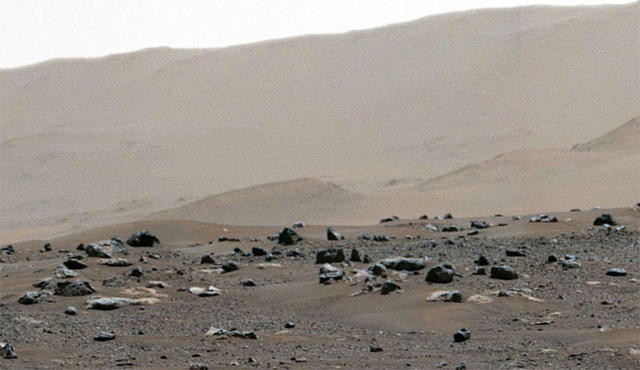
NASA will hold a question-and-answer session tomorrow (Feb. 25) at 4 p.m. EST (2100 GMT) to discuss the high-definition panorama in detail. Bell will participate in that event, as will fellow Mastcam-Z team members Elsa Jensen, of Malin Space Science Systems, and Kjartan Kinch, of the Niels Bohr Institute of the University of Copenhagen in Denmark.
Perseverance is the heart of NASA’s $2.7 billion Mars 2020 mission, which will seek signs of ancient Mars life in Jezero and collect dozens of samples for future return to Earth. The rover also carries several technology demonstrations, including a helicopter named Ingenuity that will attempt to become the first rotorcraft ever to fly on a world beyond Earth.
After finishing Perseverance’s post-landing health checkouts, the rover team will gear up for Ingenuity’s pioneering flights, which will likely take place this spring. The science and sampling work will probably begin in earnest this summer, if all goes according to plan, mission team members have said.
One goal of the initial imaging campaign is to identify relatively flat, boulder-free areas where a small helicopter, still attached to the belly of the rover, can be dropped off for tests to determine if flight in the thin martian atmosphere is feasible.
Initial test flights are expected in about two months.

